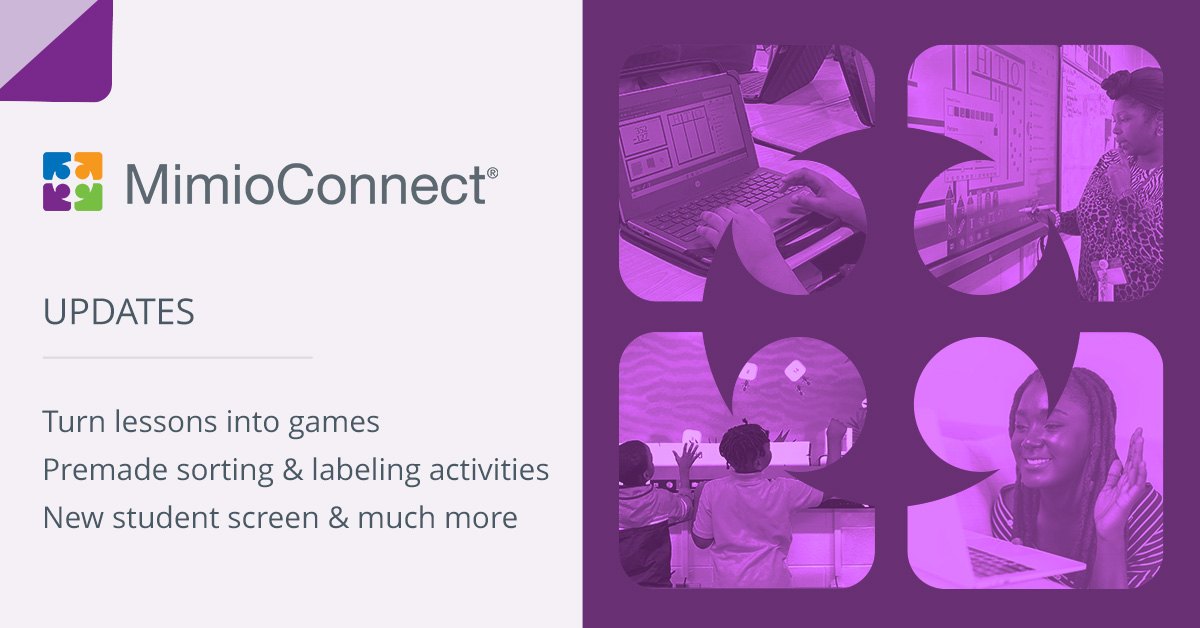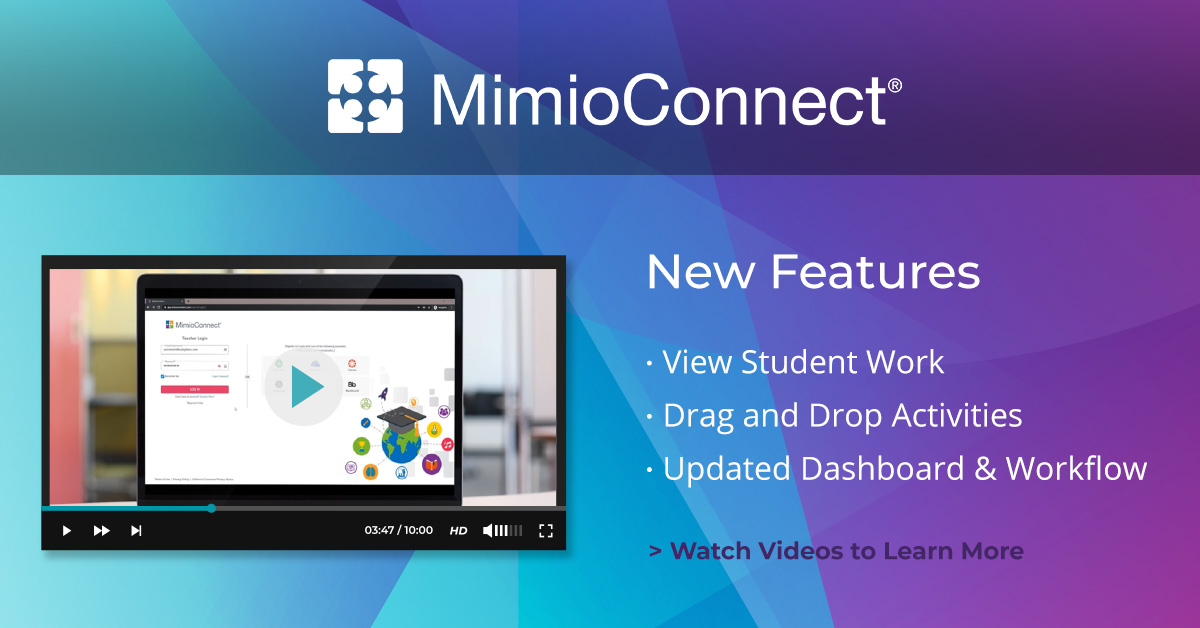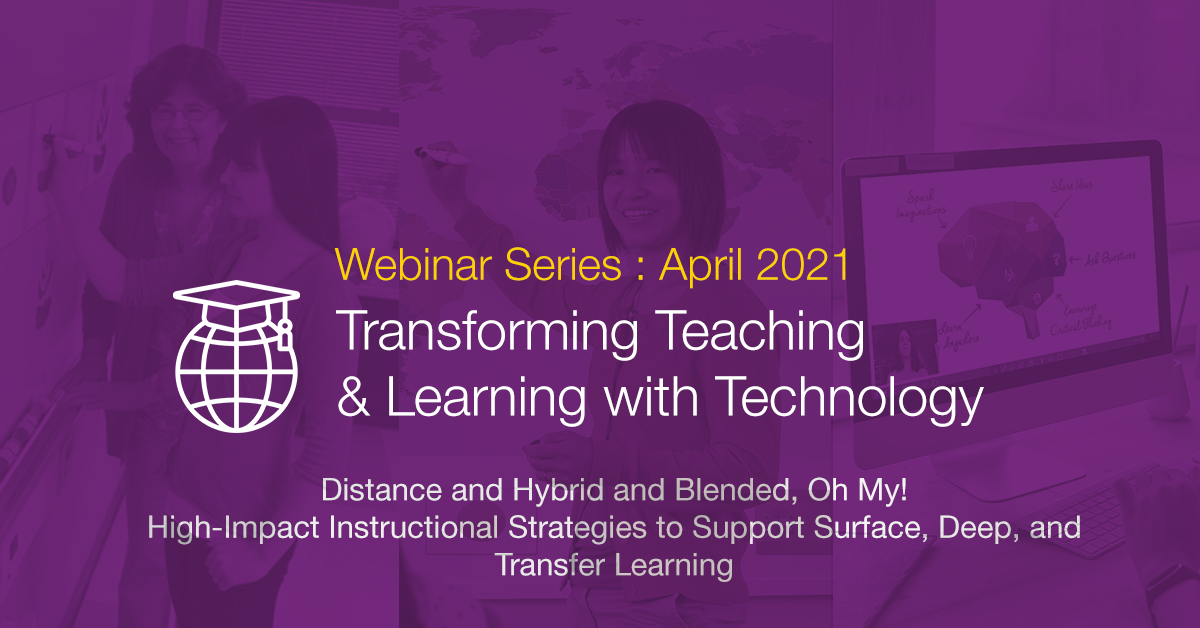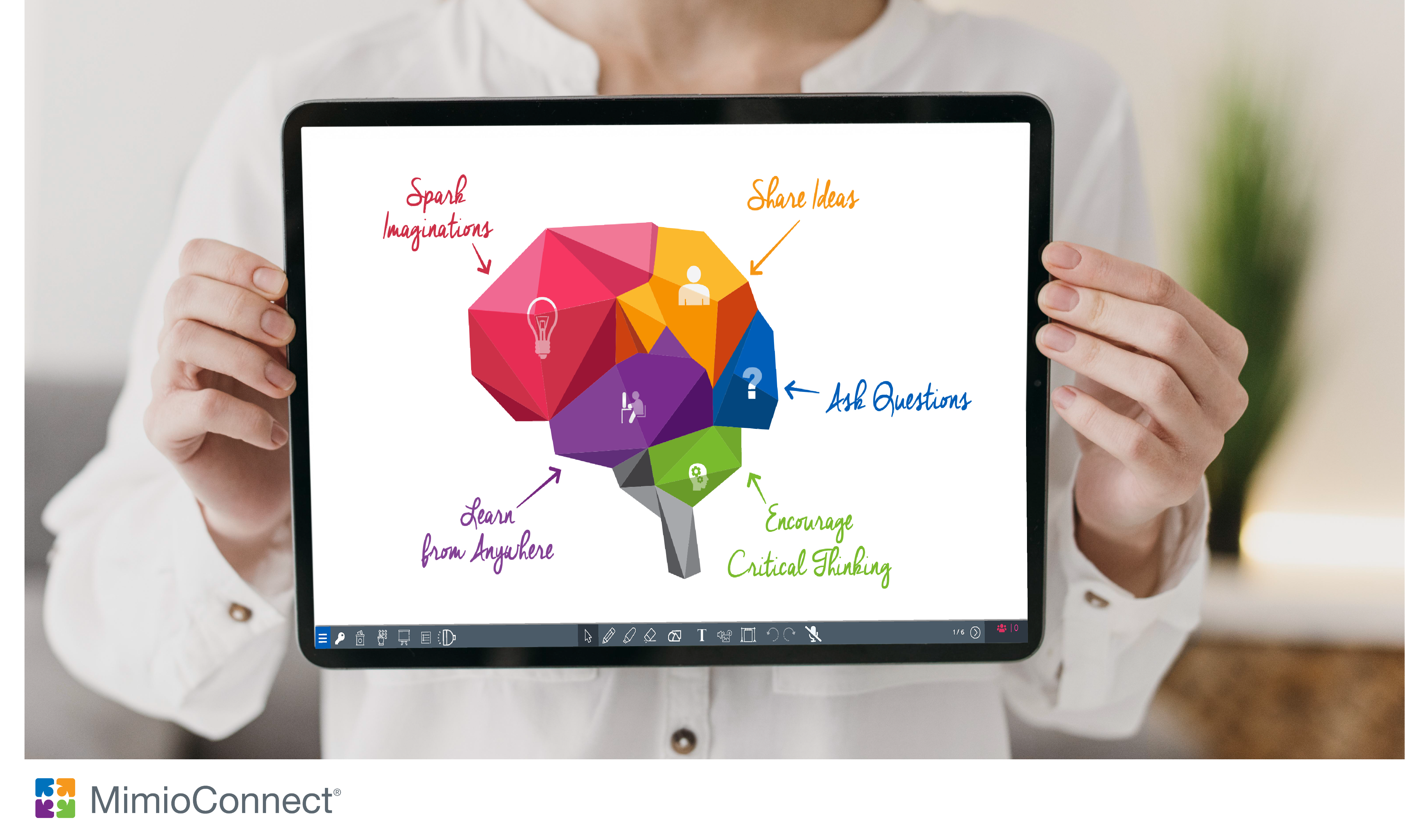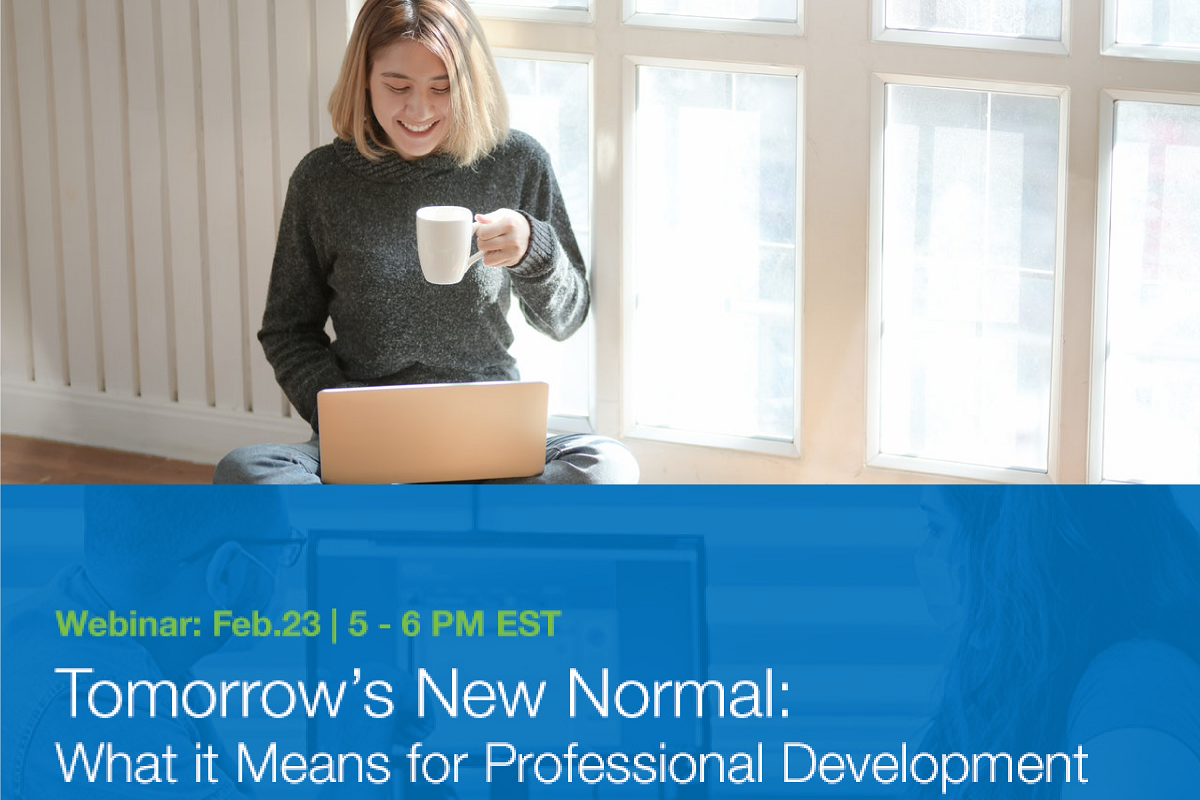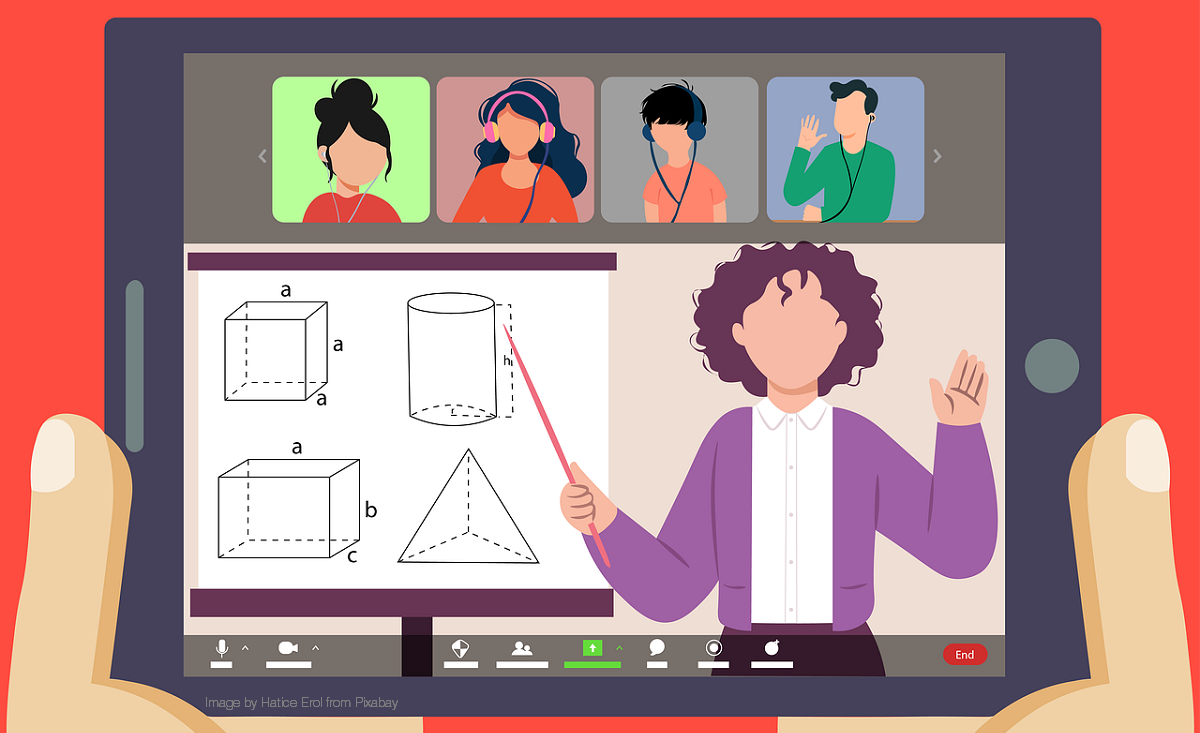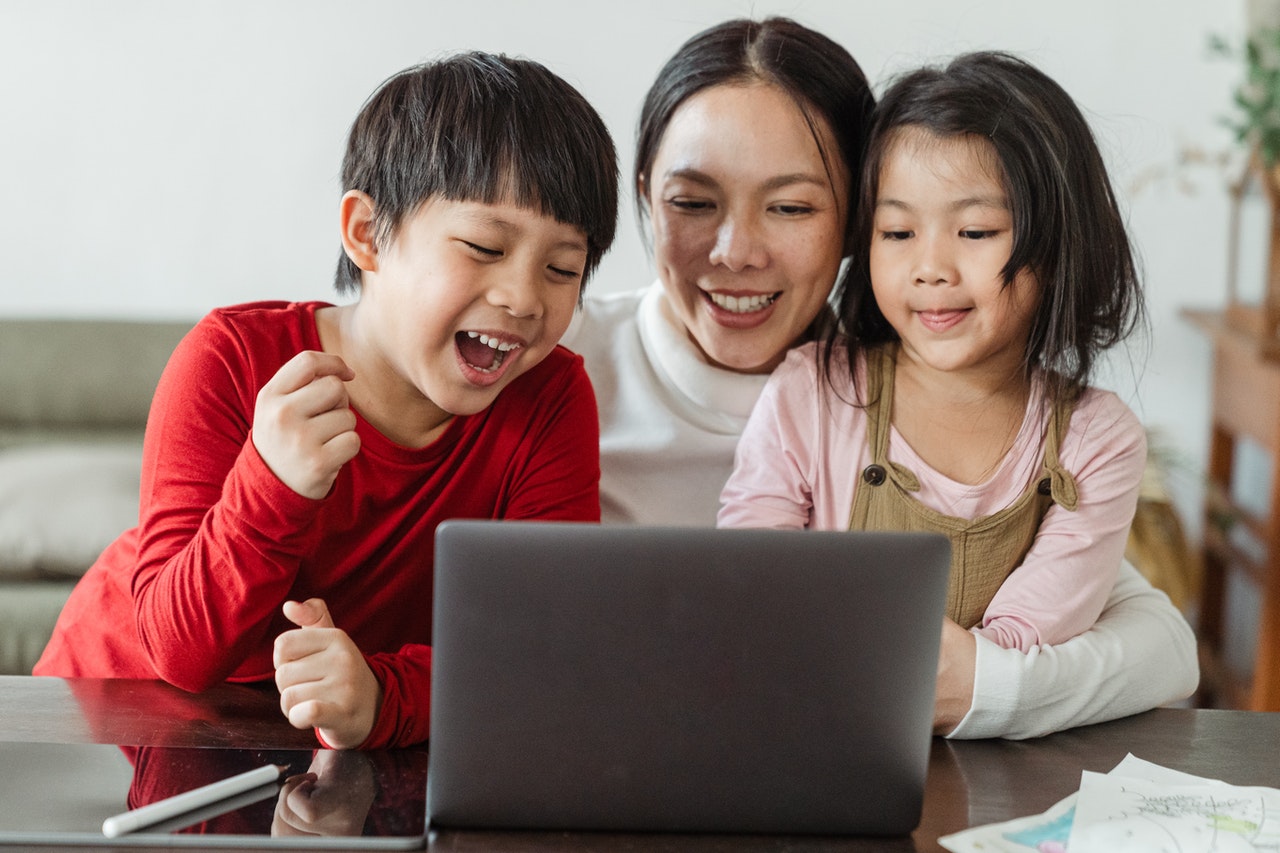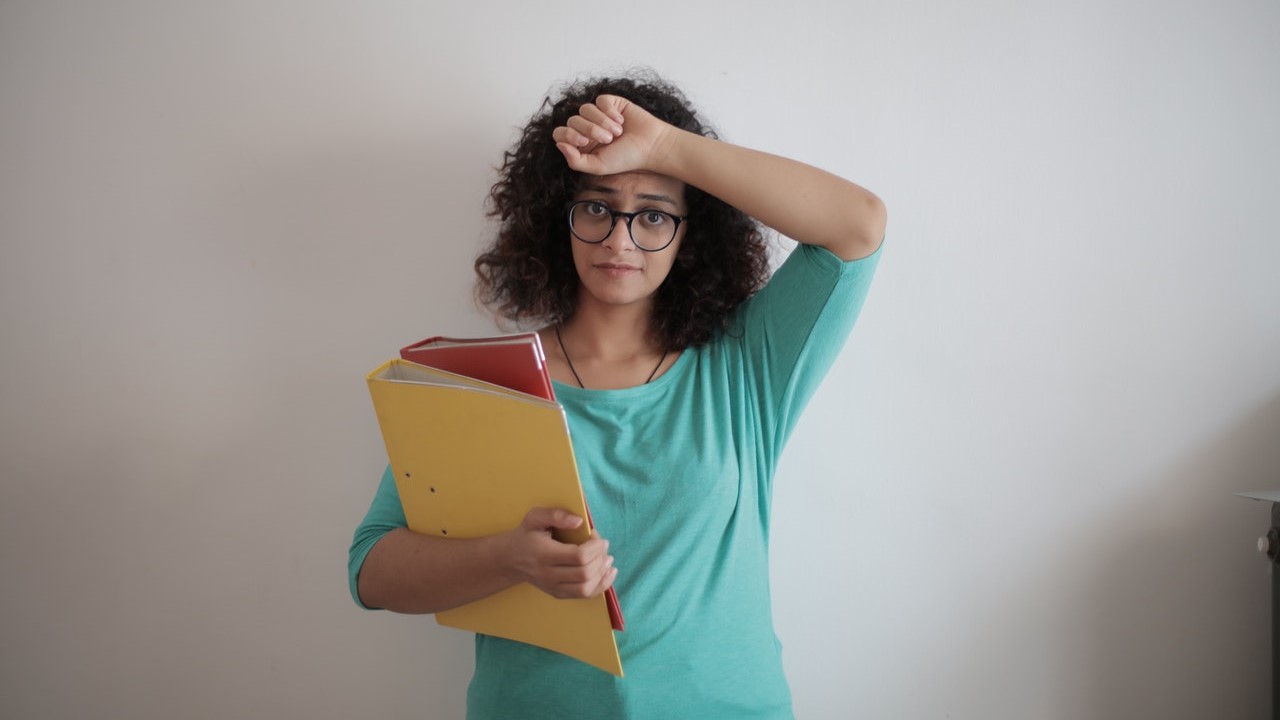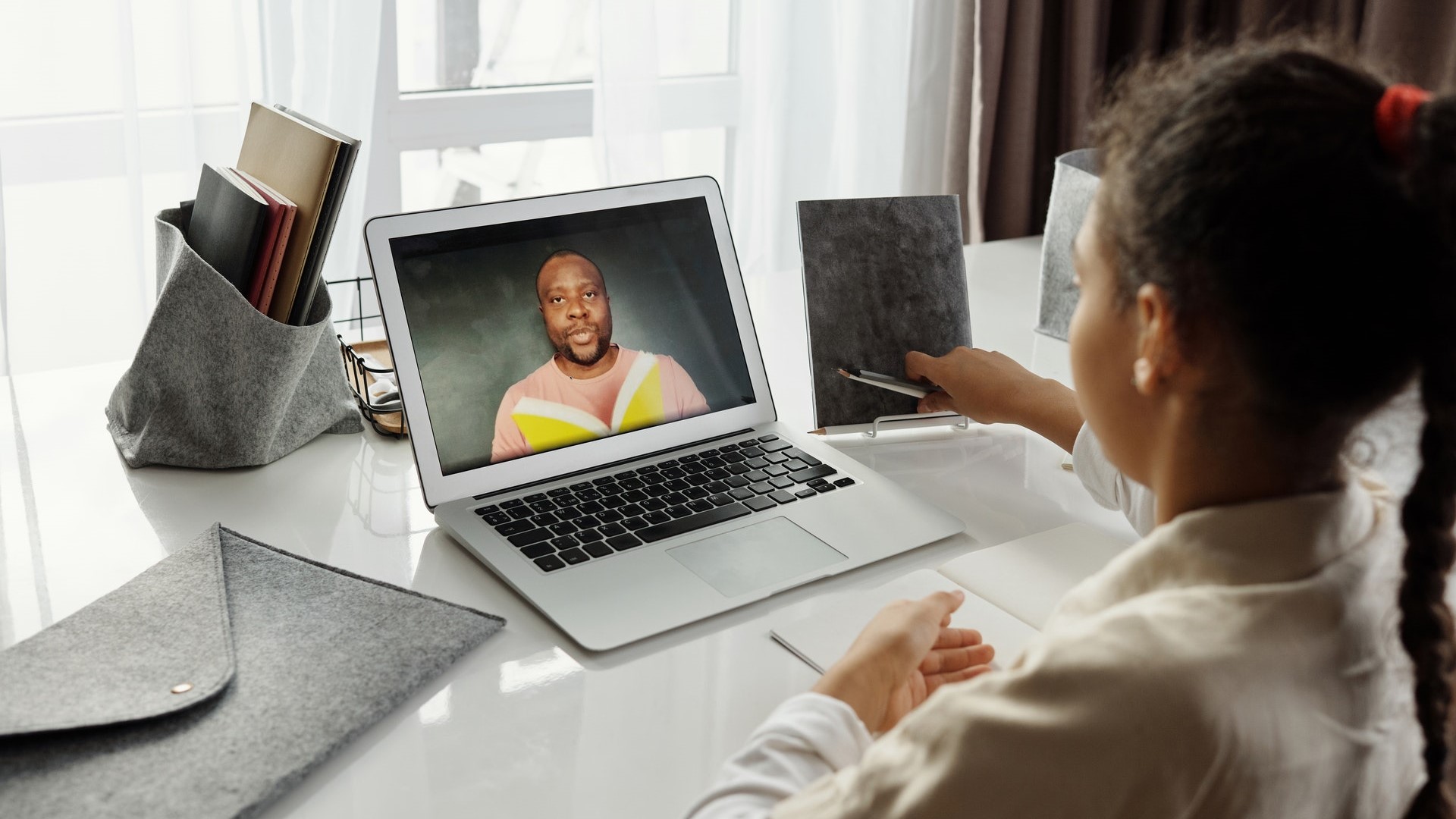What started as a means for remote learning during school closures, MimioConnect has become an interactive teaching and learning platform for any learning environment. With its rich collection of tools, features, and pre-made lessons, MimioConnect is versatile and customizable so that teachers can plan activities and lessons that meet the unique needs of their students and/or classes.
Topics: MimioConnect, blended learning, blended learning platform, learning platform, remote learning, hybrid learning, Update
MimioConnect Blended Learning Platform – Now with More Features!
The innovative MimioConnect® blended learning platform has helped teachers deliver interactive lessons for students in both traditional classroom settings as well as those learning remotely. Now, MimioConnect has added new features to enhance collaboration and facilitate more seamless teaching and learning experiences.
Topics: Education Technology, MimioConnect, blended learning, blended learning platform, remote learning, hybrid learning, remote instruction
Topics: Education Technology, Webinars, distance learning, blended learning, hybrid learning
Teachers everywhere are trying different apps, software, and platforms to complement what they are already doing for in-class, remote, or blended instruction. A new tool that many teachers are implementing is MimioConnect® Blended Learning Platform. The MimioConnect platform’s user-friendly interface helps teachers build and present interactive lessons that engage learners, in any location at any time. If you are deciding on an “all-in-one solution”, MimioConnect is offering a free trial so that you can explore its many features: MimioConnect Free Trial. Because MimioConnect is a web-based platform, no software download is necessary. Simply sign up!
Topics: Education Technology, MimioConnect, distance learning, blended learning, remote learning, hybrid learning
Tomorrow’s New Normal: What It Means for Professional Development
We’re approaching the one-year mark of distance teaching and learning for most of our country’s schools. Last spring when schools closed, teachers had to quickly navigate new and unfamiliar technology so that they could maintain some degree of educational normalcy for their students. Many education-focused companies and organizations developed and facilitated a variety of teacher training courses that centered on software and platforms that districts invested in to deliver lessons to the millions of students now having to school remotely. Courses included learning the basic tools of GSuite for Education or Microsoft Office 365, creating and delivering lessons using specific software and applications (think Zoom), and maneuvering the complexity of all these apps, platforms, and software to deliver lessons that would engage students so that they would show up to live lessons when scheduled. Our nation’s teachers handled what they could (with blood, sweat, and tears) and came out of this unprecedented situation with more education technology knowledge than they had before this.
Topics: Professional Development for Teachers, webinar, distance teaching, blended learning, distance education
Classroom Management – Tips for Any Learning Environment
The school year is in full swing and depending on how your area has been affected by the ongoing pandemic, that ‘swing’ may feel more like a roller coaster ride! With possible adjustments in learning environments from in-class to remote instruction, teachers should be prepared. This includes classroom management procedures and routines that should be easy to implement and follow. Managing a classroom virtually has its challenges such as lack of teacher’s physical presence for monitoring engagement, and limited view of facial expressions and body language to communicate thoughts and feelings but it is not impossible. At this point in the year, routines have been established to navigate the learning day. How can these procedures be adapted to remote instruction? Review the chart below.
Topics: tips for teachers, Classroom Management, distance teaching, blended learning, hybrid learning, remote instruction
With COVID-19 cases on the rise in many states, a number of districts are opting for total remote learning for the fall (for specific districts, click the link Education Week School Districts’ Reopening Plans). What does this mean for parents who have young ones starting school for the first time? If the anxiety about starting school in person during a worldwide pandemic wasn’t enough, the prospect of starting totally online can be overwhelming. Often, parents see entering school (PreK – K levels) as an opportunity for their children to learn social skills, understand rules and routines, and set a foundation of basic skills that will prepare them for the next 12 years of learning.
Topics: Getting Parents Involved, distance learning, distance teaching, blended learning, virtual classroom, remote learning, hybrid learning
Do a quick search of the internet, and you are sure to find a variety of articles on using an interactive flat panel to boost student engagement. Really, flat panels are geared towards educators – large screen with touch technology that begs for interactivity to showcase its features. Most ‘Top 10 Teacher Tips’ will include increase classroom collaboration, take a virtual fieldtrip, prepare for assessments, and gamify for learning new concepts. But when schools closed in the spring, this awesome tech sat lonely in many classrooms. With the debate still going about the learning environment for the new school year (as of this writing, many districts have opted to start the Fall totally virtual), educators may ask, “But what about my panel?”
Topics: Education Technology, Flat Panel Displays, distance learning, distance teaching, blended learning, virtual classroom
Although generally thought of as only possible in the physical classroom where teachers can observe and guide student exploration and interaction, STEAM learning is possible with distance teaching. How?
Topics: STEM, STEAM, blended learning, virtual classroom, steam education, STEM education, inquiry-based learning
As more and more school districts are making decisions about schools reopening and how learning will take place, an approach that is being considered is blended learning. It is doubtful that many have not already heard of blended learning so let’s refer to its simplest form – bricks and clicks learning (‘bricks’ is face-to-face learning in a physical classroom; ‘clicks’ is online learning in a virtual classroom). Most teachers and students have experience using desktops, laptops, and/or tablets to do things such as research information or take state tests. So, bricks and clicks is familiar and in some cases a whole school initiative.
Topics: Student Engagement, tips for teachers, blended learning, student learning

